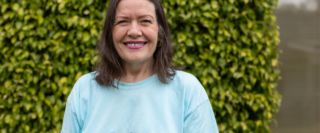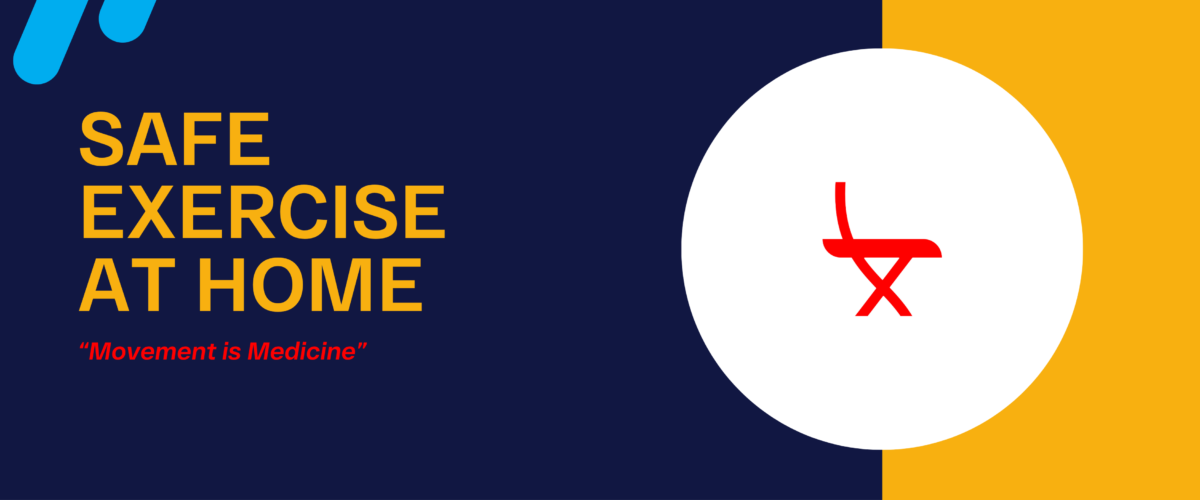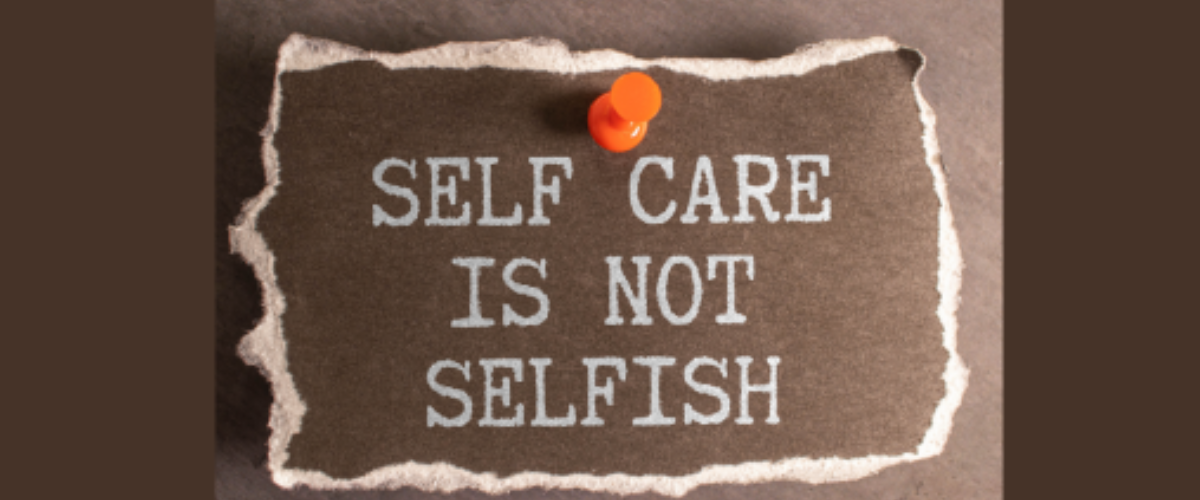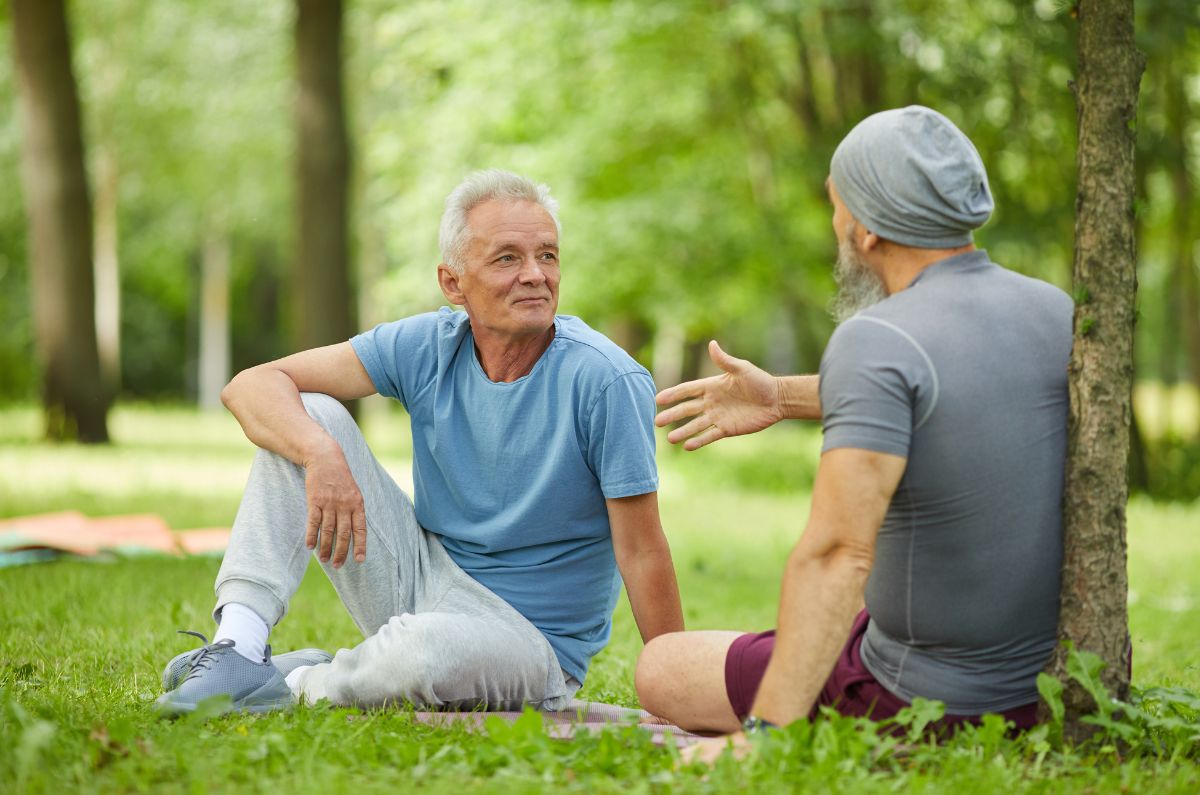The festive season is the time where we reflect, celebrate and look to the new year ahead. However it can also be a time of stress and fatigue and potentially more pressure when managing our musculoskeletal health.
We’ve put together a shortlist of tips and trick to help navigate and enjoy this time of year! 😊
Shopping & Gifting
- Between Black Friday, Cyber Monday and the Boxing Day Sales – Shopping has become more intense than ever! So plan around your pain and fatigue. Try to stick to your regular routine of rest to maintain your energy levels.
- Grab your shopping list, present list (a foggy brain makes remembering almost impossible) and your shopping buggy/bags. Use a trolley or a shopping buggy, even if you only plan to buy a few things. It’ll do the heavy carrying for you, so you can avoid muscle and joint pain.
- Use your assistive devices (walking aids, braces, and orthotics). hey can make a big difference in how you cope while shopping and how you feel afterwards.
- Take breaks. Shopping can be exhausting and stressful, so take breaks when you need them. Be kind to your body, and don’t push yourself too hard, or you’ll pay for that over the coming hours/days.
- Shop online. During the past few years, we learned just how many things could be purchased with a few quick mouse clicks (hello, shiny new shoes 😁). So visit your favourite stores online and save yourself some trips to the shopping centre. Just be sure to check the shipping details to ensure your goods arrive on time. Gift cards are also a great option!
- Shop local. You don’t need to visit the big shopping centres to find unique gifts or fresh produce. Small, independent local stores may have most of what you need.
Festive feasting!
- Rule #1 – don’t skip meals. It’s a common mistake to make. You’re anticipating a delicious lunch and/or dinner with all your favourite foods, so you skip meals to make space. But this can lead to overeating because you’re so hungry 😫 when you finally do get to eat. It’s also not a great idea to have an empty stomach when taking certain meds or drinking alcohol. So make sure you eat, even if it’s a small meal, to tide you over until you get to the main event.
- Stay hydrated. The silly season is usually a hot time of the year, and it’s easy to become dehydrated. Especially if you’re drinking alcohol and/or playing backyard cricket, so keep the water flowing.
- Food prep is the great time-saver. If you can – make things ahead of time where possible so that you’re not overworked on the big day (or days). You’re also more likely to enjoy yourself on the day!
- Consider asking your fellow feasters to bring a plate, so that you can better manage the preparation and dietary requirements of everyone attending.
- Pace yourself and focus on quality over quantity time. This is about making the time you’re spending catching up count so that everyone enjoys it!
- Be medicine-wise.
- Over-the-counter and prescription medicine may help you manage pain and inflammation so you can enjoy your day – check in with your GP or the pharmacist to see what your best options are.
- Watch the alcohol. Many medicines don’t mix well with alcohol, so do your homework to see what may work for you. And consider low or no alcohol options – these days the there is quite a range available.
- Take it easy with cleaning up and get the family and your guests involved – even if it’s simple things like folding up chairs or bringing dishes to the kitchen. And remind yourself that some things really can wait the next day!
Taking care of you
- Manage stress. Christmas and the holidays can be stressful, but you need to manage your stress as best you can or risk having a flare. So pull out your best stress management strategies and use them as often as you need to.
- Pace yourself. When you’re hosting an event, it’s easy to get carried away and be constantly on the move. Gatherings can be a marathon, so pace yourself so you don’t run out of steam before the end. The same goes if you’re visiting others. Travelling to and from your home to theirs, being a witty conversationalist 😉 and just interacting with others can be exhausting.
- Get some sleep, and rest when you need it. With so many events and gatherings happening at this time of year, it’s easy for our sleep to be disrupted. And we have enough problems with sleep at the best of times! Try as much as possible to stick to your sleep schedule and take rest breaks or naps when needed.
- Stay active. Regular exercise is essential all year round for managing a musculoskeletal condition and chronic pain. It’s also important to help offset some of the extra kilojoules you may be consuming at this time of year. And it’ll help you deal with excess stress and sleep issues.
- Listen to some tunes. Music helps to reduce anxiety, fear, depression, pain-related distress and blood pressure. And it’s an easy, cost-effective and enjoyable way to relieve pain🎵. Happy holidays everyone! From all of us at Musculoskeletal Australia, we wish you a happy, fun, safe and pain-free festive season. 🎄🎁🥗🍹
Contact our free national Helpline
If you have any questions about managing your pain, musculoskeletal condition, treatment options, mental health issues, or accessing services – our helpline team are here to provide support! Give them a FREE call on 1800 263 265 – Monday-Fridays 9am-5pm, or email helpline@muscha.org
More to explore
- 6 tips for managing the holiday season with chronic illness
The Mighty - A guide to having a less stressful Christmas
ABC Everyday - How to avoid holiday burnout when the pressure’s on
The Upside - Navigating Christmas with a chronic illness
Patient - Top tips for managing pain over the festive season
London Pain Clinic - Top tips to cut the cost of Christmas
Choice

















